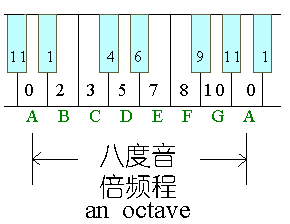The SPM approach in brief
The Statistical Parametric Mapping approach is voxel based:
Images are realigned, spatially normalised into a standard space, and smoothed.
Parametric statistical models are assumed at each voxel, using the General Linear Model GLM to describe the data in terms of experimental and confounding effects, and residual variability.
For fMRI the GLM is used in combination with a temporal convolution model.
Classical statistical inference is used to test hypotheses that are expressed in terms of GLM parameters. This uses an image whose voxel values are statistics, a Statistic Image, or Statistical Parametric Map (SPM{t}, SPM{Z}, SPM{F})
For such classical inferences, the multiple comparisons problem is addressed using continuous random field theory RFT, assuming the statistic image to be a good lattice representation of an underlying continuous stationary random field. This results in inference based on corrected p-values.
Bayesian inference can be used in place of classical inference resulting in Posterior Probability Maps PPMs .
For fMRI, analyses of effective connectivity can be implemented using Dynamic Causal Modelling DCM.
Images are realigned, spatially normalised into a standard space, and smoothed.
Parametric statistical models are assumed at each voxel, using the General Linear Model GLM to describe the data in terms of experimental and confounding effects, and residual variability.
For fMRI the GLM is used in combination with a temporal convolution model.
Classical statistical inference is used to test hypotheses that are expressed in terms of GLM parameters. This uses an image whose voxel values are statistics, a Statistic Image, or Statistical Parametric Map (SPM{t}, SPM{Z}, SPM{F})
For such classical inferences, the multiple comparisons problem is addressed using continuous random field theory RFT, assuming the statistic image to be a good lattice representation of an underlying continuous stationary random field. This results in inference based on corrected p-values.
Bayesian inference can be used in place of classical inference resulting in Posterior Probability Maps PPMs .
For fMRI, analyses of effective connectivity can be implemented using Dynamic Causal Modelling DCM.

评论
发表评论